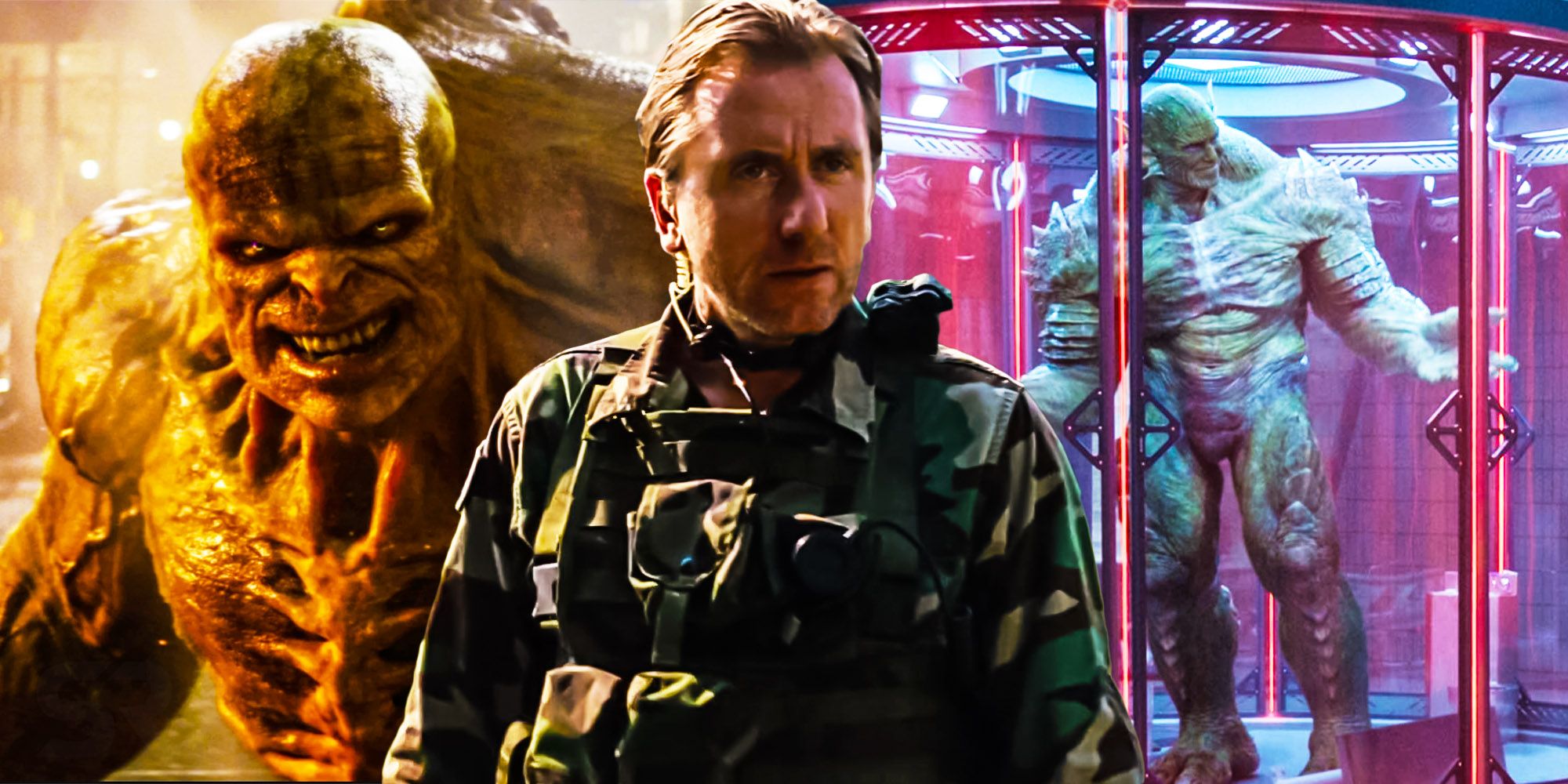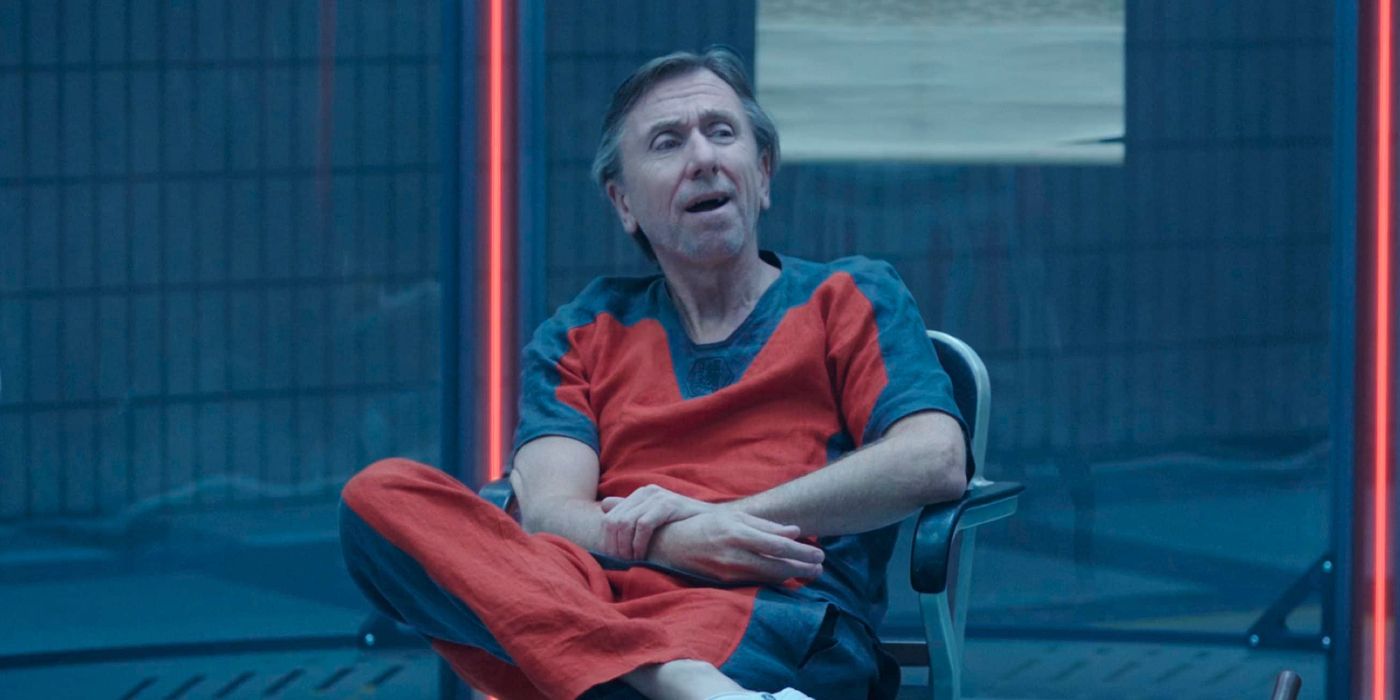She-Hulk: Attorney at Law reintroduces Emil Blonsky, a.k.a. Abomination, into the MCU for the first time since The Incredible Hulk (save for a brief cameo in Shang-Chi and the Legend of the Ten Rings), and his revival is perpetuating one of Marvel's worst character trends. Tim Roth first appeared as Blonsky/Abomination in the MCU's one solo Hulk movie, released in 2008, at the start of the franchise's much-different-looking inaugural phase. Now Roth's return as the character in She-Hulk is proving the continuation of a major issue that is hampering the MCU.
In The Incredible Hulk, Emil Blonsky is tasked with hunting down Bruce Banner, a.k.a. the Hulk (then played by Edward Norton). After he is unsuccessful in his mission, the obsessive and serious soldier takes an experimental version of Captain America's super soldier serum, which transforms him into the hideous Abomination. After his ensuing fight with the Hulk destroys much of New York City, Abomination is imprisoned. More than a decade later, he is finally seen again, briefly, in Shang-Chi, fighting Wong (Benedict Wong) for sport in an underground cage match. In She-Hulk: Attorney at Law, the human-again Blonsky appears in a high-security prison acting completely differently from how he'd been seen previously in the MCU. He is now more spiritual and makes jokes about how wound up incarcerated.
Abomination's change in She-Hulk is indicative of one of the MCU's ongoing trends: altering established characters to make them pale imitations of their former selves. Chris Hemsworth's Thor was near unrecognizable in his third solo movie and has been a more comedic hero in the MCU ever since. Meanwhile, Vincent D'Onofrio's Wilson Fisk, a.k.a. Kingpin, was modified to be far less brutal in Hawkeye than he had been in the Netflix Daredevil series. This trend signals a lighter approach to characterizing Marvel's heroes and villains moving forward in the MCU, with little room for more nuanced, serious characters. This bodes particularly badly for the return of Matt Murdock, a.k.a. Daredevil, in She-Hulk, his first canon MCU appearance aside from a brief cameo in Spider-Man: No Way Home.
Why Abomination’s Change In She-Hulk Does & Doesn't Work
Emil Blonsky acts nothing like he did in The Incredible Hulk, to the point where if Abomination was not still played by Tim Roth, viewers would not even recognize him as being the same character. The original Blonsky was an obsessive villain, whereas this version of Abomination has apparently patched things up with his nemesis, Bruce Banner/ Hulk (now played by Mark Ruffalo), and pledged himself to multiple women, cartoonishly echoing the vibe of a cult leader. This makes it very difficult to connect with the character and imagine him as the same villainous figure the Hulk fought in New York City back in 2008.
Abomination's change in She-Hulk: Attorney at Law can be attributed to character growth, of course. It is conceivable that Blonsky chilled out immensely in the 14 years between the two MCU projects. However, by only once, fleetingly, showing him play-fighting Wong and never anywhere else since The Incredible Hulk, Marvel Studios has not substantiated this change. Blonsky acting so differently around Jennifer Walters, a.k.a. She-Hulk (Tatiana Maslany), compared to how he did with Bruce Banner is not earned. Had the character shown up in other projects throughout Marvel's first four Phases, even in the background, his comedic turn in She-Hulk: Attorney at Law would likely have been more effective and not reinforced such a problematic trend. Want more She-Hulk articles? Check out our essential content below...
- Every Way She-Hulk Is Different From Hulk In The MCU
- Why Is Hulk So Weak In She-Hulk?!
- MCU Phase 5 & 6 Projects She-Hulk Can Return In
- She-Hulk Episode 4 MCU Easter Eggs & References
She-Hulk: Attorney At Law releases new episodes on Thursdays on Disney+.












